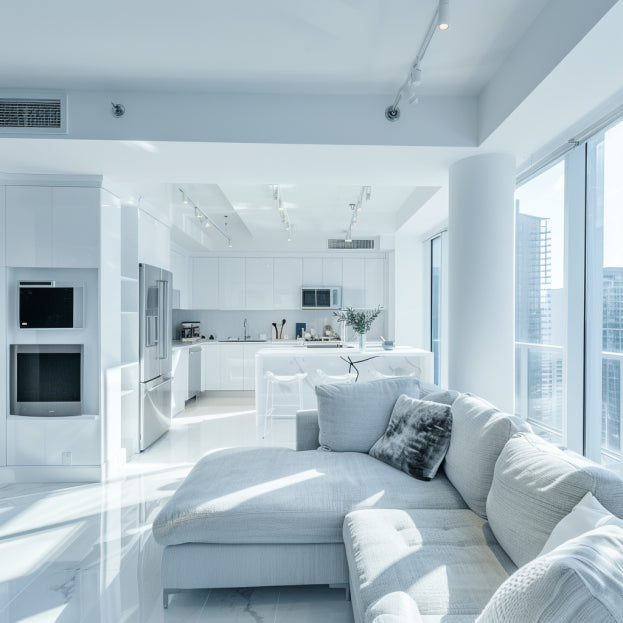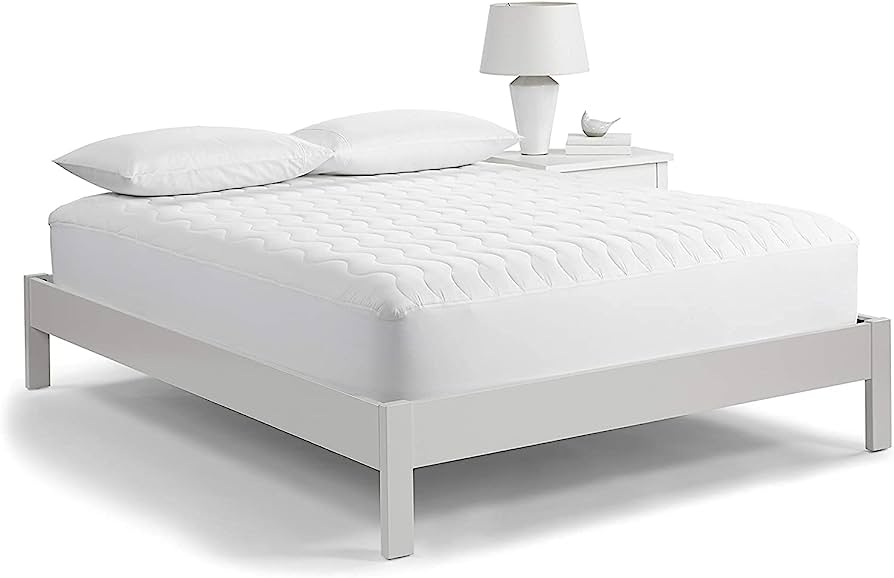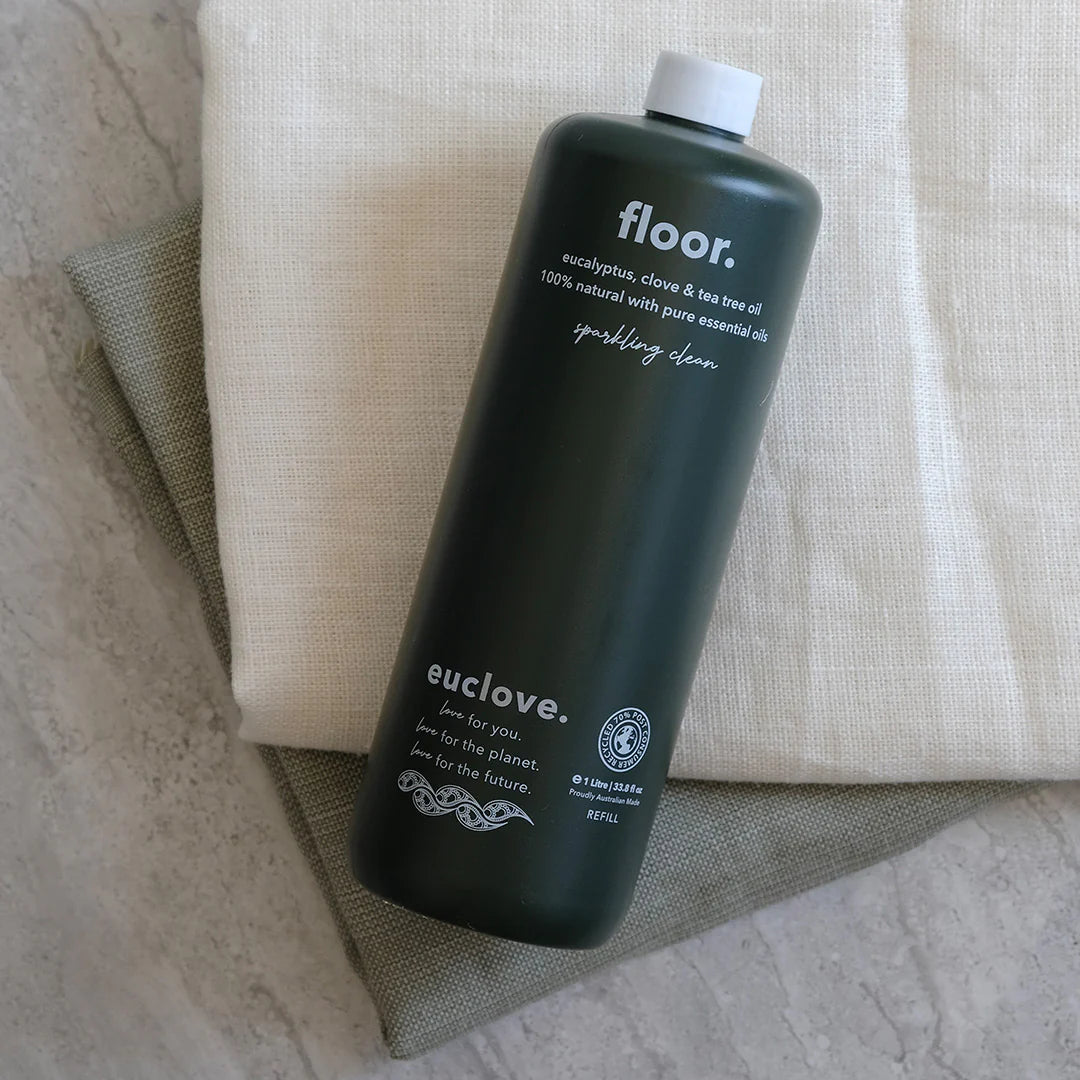-

Adoption of Antimicrobial Coating In The Hospitality Industry
-

Antimicrobial Coated Mattress For A Safe Night's Sleep
-

A safe way to improving indoor air quality and prevent mould at home.
-

Antimicrobial Coatings on Mattresses
-

Antimicrobial Coatings: A Revolution in Home and Commercial Space Hygiene
Remove Mould in Singapore
- 12分鐘閱讀時間
How to Effectively Remove Mould in Singapore
Mould is a common problem faced by many homeowners in Singapore. It not only affects the aesthetic appeal of your home but can also pose serious health risks if left untreated. In this article, we will guide you on how to effectively remove mould from your home and prevent its recurrence.
Understanding Mould: Causes and Effects
Mould is a type of fungus that thrives in damp and humid environments. It reproduces by releasing spores into the air, which can then settle on various surfaces and grow. The warm and humid climate in Singapore makes it a perfect breeding ground for mould.
Mould is not only unsightly but can also pose serious health risks to individuals living in affected environments. It is important to understand the causes and effects of mould in order to effectively prevent its growth and mitigate its impact.
What is Mould?
Mould is a microscopic organism that exists in the form of multicellular filaments known as hyphae. It can be black, green, or white in color and has a musty odor. Mould can grow on a variety of surfaces such as walls, ceilings, carpets, and furniture.
When conditions are favorable, mould spores land on surfaces and begin to germinate. They send out hyphae, which act as root-like structures, penetrating the surface and extracting nutrients. As the mould colony grows, it releases more spores into the air, perpetuating the cycle of mould growth and spread.
Common Causes of Mould in Singapore
There are several factors that contribute to the growth of mould in Singapore homes. Poor ventilation, condensation, water leaks, and high humidity levels are some of the main culprits. Areas prone to mould infestation include bathrooms, kitchens, and basements.
Poor ventilation restricts the flow of fresh air, creating stagnant conditions that promote mould growth. Condensation occurs when warm, moist air comes into contact with cold surfaces, leading to the formation of water droplets that provide a moist environment for mould to thrive. Water leaks, whether from plumbing issues or roof leaks, introduce excess moisture into the environment, creating ideal conditions for mould growth.
In Singapore, the high humidity levels exacerbate the mould problem. The warm and humid climate, coupled with the limited airflow in many homes, creates an environment where mould can easily take hold and spread.
Health Risks Associated with Mould Exposure
Exposure to mould can result in various health issues, especially for individuals with respiratory problems or weakened immune systems. Some common health risks include allergies, asthma attacks, irritation of the eyes, nose, and throat, and even fungal infections.
Mould spores, when inhaled, can trigger allergic reactions in susceptible individuals. These reactions can manifest as sneezing, coughing, wheezing, and skin rashes. For those with asthma, mould exposure can exacerbate symptoms and lead to severe asthma attacks.
Furthermore, the presence of mould can cause irritation of the eyes, nose, and throat. Individuals may experience redness, itching, watery eyes, nasal congestion, and sore throat. Prolonged exposure to mould can also weaken the immune system, making individuals more susceptible to respiratory infections and fungal diseases.
It is crucial to address mould issues promptly to minimize the health risks associated with exposure. Taking preventive measures, such as controlling humidity levels, improving ventilation, and promptly addressing water leaks, can help prevent mould growth and protect the well-being of individuals living in affected environments.
Preventing Mould Growth in Your Singapore Home
Prevention is key when it comes to dealing with mould. By implementing these preventive measures, you can minimize the chances of mould growth in your home.
Mould growth can be a common problem in Singapore due to its warm and humid climate. The combination of high humidity and moisture can create the perfect breeding ground for mould spores to thrive. Not only is mould unsightly, but it can also pose health risks, especially for those with respiratory conditions or allergies.
Importance of Ventilation
Proper ventilation is crucial in reducing moisture levels and preventing mould growth. In a country like Singapore, where humidity levels can be high, it's important to ensure that your home has sufficient ventilation in areas prone to dampness, such as bathrooms and kitchens.
When taking a shower or cooking, make sure to use exhaust fans to remove excess moisture from the air. If you don't have exhaust fans, opening windows can also help to allow fresh air to circulate and prevent the buildup of humidity.
Controlling Humidity Levels
Maintaining optimal humidity levels is essential in mould prevention. Singapore's humid climate can make this challenging, but there are measures you can take to control moisture levels in your home.
Investing in dehumidifiers can help remove excess moisture from the air, especially in areas where humidity tends to be higher, such as basements or laundry rooms. Air conditioners also play a significant role in controlling humidity levels by cooling the air and reducing moisture content.
It's important to aim for a humidity level below 60% to discourage mould growth. Regularly monitor the humidity levels in your home using a hygrometer and make adjustments accordingly.
Regular Cleaning and Maintenance
Routine cleaning and maintenance are essential to keep mould at bay. Regularly clean and dry areas that are prone to moisture, such as bathrooms and kitchens.
Use a mixture of water and mild detergent to clean surfaces and remove any visible mould. Pay special attention to areas where water leaks are likely to occur, such as around faucets and pipes. Ensure that these areas are properly sealed to prevent water seepage.
In addition to regular cleaning, it's important to address any water leaks or plumbing issues promptly. Even a small leak can lead to significant moisture buildup and create an ideal environment for mould growth.
Consider hiring professionals for regular inspections and maintenance of your plumbing system to identify and fix any potential issues before they become major problems.
By following these preventive measures, you can significantly reduce the chances of mould growth in your Singapore home. Remember, early prevention is always better than dealing with a full-blown mould infestation.
Identifying Mould Infestation
It's crucial to be able to identify mould infestation in your home. Early detection can help prevent the spread of mould and minimize the need for extensive mould removal.
Mould, a type of fungus, thrives in damp and humid environments. It reproduces by releasing spores into the air, which can cause various health issues when inhaled. Identifying mould in your home is essential for maintaining a healthy living environment.
Visible Signs of Mould
Mould is often visible on surfaces, appearing as fuzzy patches or discolored spots. These patches can be black, green, brown, or even white. Keep an eye out for any areas that appear damp or have a musty odor.
When mould grows on porous materials such as drywall or fabric, it can penetrate deep into the material, making it harder to remove. In severe cases, you may notice the structural integrity of the material being compromised.
Common areas where mould can be found include walls, ceilings, and areas near water sources. Bathrooms, kitchens, basements, and laundry rooms are particularly susceptible due to the presence of moisture.
Hidden Mould: Where to Look
Mould can also hide in hard-to-reach places, making it challenging to detect. It's important to be thorough in your inspection to ensure early detection and prompt removal.
Areas such as behind wallpaper, under carpets, and inside air conditioning units are common hiding spots for mould. Wallpaper provides an excellent surface for mould growth, especially if there has been water damage or high humidity. Lift the edges of wallpaper and check for any signs of mould growth.
Underneath carpets, especially in areas prone to spills or water leaks, mould can thrive. Lift up the corners of your carpets and examine the underlying floor for any signs of mould growth or discoloration.
Air conditioning units, particularly those with improper maintenance or drainage issues, can become a breeding ground for mould. The dark and moist environment inside the unit is ideal for mould growth. Regularly inspect and clean your air conditioning units to prevent mould infestation.
Other hidden areas where mould can grow include crawl spaces, attics, and inside wall cavities. These areas are often dark, poorly ventilated, and may have undetected water leaks. It's crucial to periodically check these spaces for any signs of mould, such as a musty odor or discolored patches.
Remember, mould infestation can have serious consequences for both your health and the structural integrity of your home. If you suspect mould growth, it's advisable to consult a professional mould removal service to assess the situation and provide appropriate remediation.
Effective Mould Removal Techniques
When dealing with mould, it's crucial to approach the removal process systematically and safely. Mould growth can not only damage your property but also pose health risks to you and your family. Depending on the severity of the infestation, you may choose to remove mould yourself or seek professional help.
DIY Mould Removal
If the mould infestation is small and confined to a small area, you can attempt to remove it yourself. However, it is important to take necessary precautions to protect yourself from exposure to mould spores.
Start by wearing protective gear such as gloves, goggles, and a mask to prevent inhalation or contact with mould spores. These spores can cause allergic reactions, respiratory problems, and other health issues.
Next, prepare a cleaning solution by mixing bleach and water or using a commercial mould remover. Be sure to follow the instructions on the product label or consult with a professional for the correct dilution ratios.
Before applying the cleaning solution, it is advisable to test it on a small, inconspicuous area to ensure it does not cause any damage or discoloration. Once you are satisfied with the test results, apply the solution to the affected surfaces.
Using a scrub brush or sponge, thoroughly scrub the area to remove the mould. Pay close attention to any porous materials, such as drywall or fabric, as mould can penetrate these surfaces and may require more extensive cleaning or even removal.
After scrubbing, rinse the area with clean water and dry it thoroughly. Proper drying is essential to prevent mould regrowth. Use fans or dehumidifiers to aid in the drying process, especially in areas with poor ventilation.
Lastly, dispose of any contaminated materials, such as cleaning cloths or sponges, in sealed plastic bags to prevent the spread of mould spores. Wash your hands and clean any tools used in the removal process.
When to Call a Professional
If the mould infestation is extensive, covering a large area, or if you have respiratory conditions or allergies, it is best to seek professional help. Mould remediation specialists have the expertise and equipment to handle large-scale mould removal safely and effectively.
Professional mould removal companies follow industry standards and guidelines to ensure thorough remediation. They have access to advanced equipment, such as high-efficiency particulate air (HEPA) filters and negative air machines, which can effectively capture and remove mould spores from the air.
In addition to removing the visible mould, professionals can also identify the root cause of the mould growth. They will conduct a thorough inspection to determine any underlying moisture issues or ventilation problems that may be contributing to the mould infestation. By addressing these underlying issues, professionals can help prevent future mould growth.
Furthermore, mould remediation specialists can provide recommendations for preventive measures to keep your home or property mould-free. These may include improving ventilation, fixing leaks, controlling humidity levels, and using mould-resistant materials in susceptible areas.
Remember, when it comes to mould removal, your safety and the effectiveness of the remediation should be your top priorities. Whether you choose to tackle the mould yourself or hire professionals, addressing the issue promptly and thoroughly is essential to protect your health and property.

Post-Removal: Ensuring Mould Doesn't Return
After successfully removing mould from your home, it's crucial to take steps to prevent its recurrence. Here are some measures you can take to keep your home mould-free.
Regular Inspection and Maintenance
Continual monitoring and maintenance are crucial in preventing mould growth. Regularly inspect areas prone to moisture and take prompt action if any signs of mould reappear. Fix water leaks, improve ventilation, and address any other issues that may contribute to mould growth.
Investing in Mould-Resistant Materials
Consider using mould-resistant materials when renovating or making changes to your home. These materials are designed to inhibit mould growth and can be especially beneficial in areas prone to dampness, such as bathrooms and basements. Consult with professionals to determine the best options for your home.
In conclusion, effectively removing mould in Singapore requires a combination of preventive measures, early detection, proper removal techniques, and post-removal maintenance. By following these steps, you can ensure a mould-free and healthy living environment for you and your family.
標籤
-

Best Fabric Refresher 2023
-

Looking for the Best Cleaning Services in Singapore?
-

Benefits Of Essential oil Based floor cleaners - Eucalyptus, Clove and Tea Tree
-

Top ten cleaning services in Singapore?










